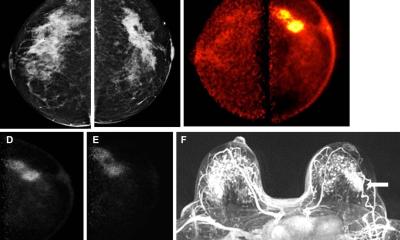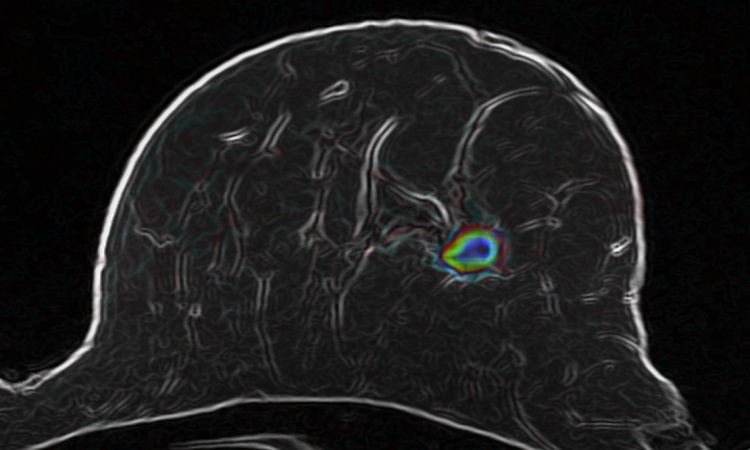
Image credit: Rasquinha RD, Gubbi MR, Bell MAL, Biophotonics Discovery 2024 (CC BY 4.0)
News • Insights on bias avoidance
New breast imaging technique to improve visibility across skin tones
Breast cancer is a major health concern worldwide, and early detection is crucial for effective treatment.
Traditional imaging methods, such as mammography, have limitations, especially for women with dense breast tissue. Photoacoustic imaging, which combines light and sound to create detailed images of breast tissue, offers a promising alternative. However, recent research has highlighted a significant challenge: skin tone bias.
A team of researchers from Johns Hopkins University recently investigated how skin tone affects the visibility of breast cancer targets in photoacoustic imaging. As reported in Biophotonics Discovery, the study focused on three image reconstruction methods: fast Fourier transform (FFT)-based reconstruction, delay-and-sum (DAS) beamforming, and short-lag spatial coherence (SLSC) beamforming. The study used simulations with different wavelengths (757, 800, and 1064 nm), target sizes (0.5 to 3 mm), and skin tones (ranging from very light to dark).
Recommended article

Article • Research, diagnostics, treatments
Focus on breast cancer
Breast cancer (breast carcinoma; often abbreviated as BRCA) is the most common cancer in women in many countries and the cancer with the highest mortality rate. The diagnostic and therapeutic options for breast cancer are correspondingly diverse. Keep reading for latest developments in early detection, staging, treatment and research.
The results revealed that traditional methods like FFT and DAS struggle to visualize small targets under darker skin tones, especially at 757 and 800 nm wavelengths. Targets smaller than 3 mm were particularly hard to detect, with lower signal-to-noise ratios (SNR) and contrast-to-noise ratios (gCNR). However, the 1064 nm wavelength showed significant improvements, especially when combined with SLSC beamforming. This combination enhanced the visibility of targets across all skin tones, providing clearer images with higher SNR and gCNR values.
“This work was motivated by a previously poor understanding of photoacoustic imaging performance under combined variations of small target sizes and darker skin tones,” says senior and corresponding author Muyinatu Bell. “Our results are enlightening, as we now have a better understanding of advanced photoacoustic imaging techniques and associated wavelengths necessary to detect small targets.”
The results of this study are promising for the future of breast cancer diagnosis. By addressing the skin tone bias, photoacoustic imaging can become a more reliable tool for early detection, benefiting women of all skin tones. The study underscores the importance of considering skin tone in the development of next-generation imaging systems, ensuring equitable healthcare for all.
Source: SPIE
18.11.2024











